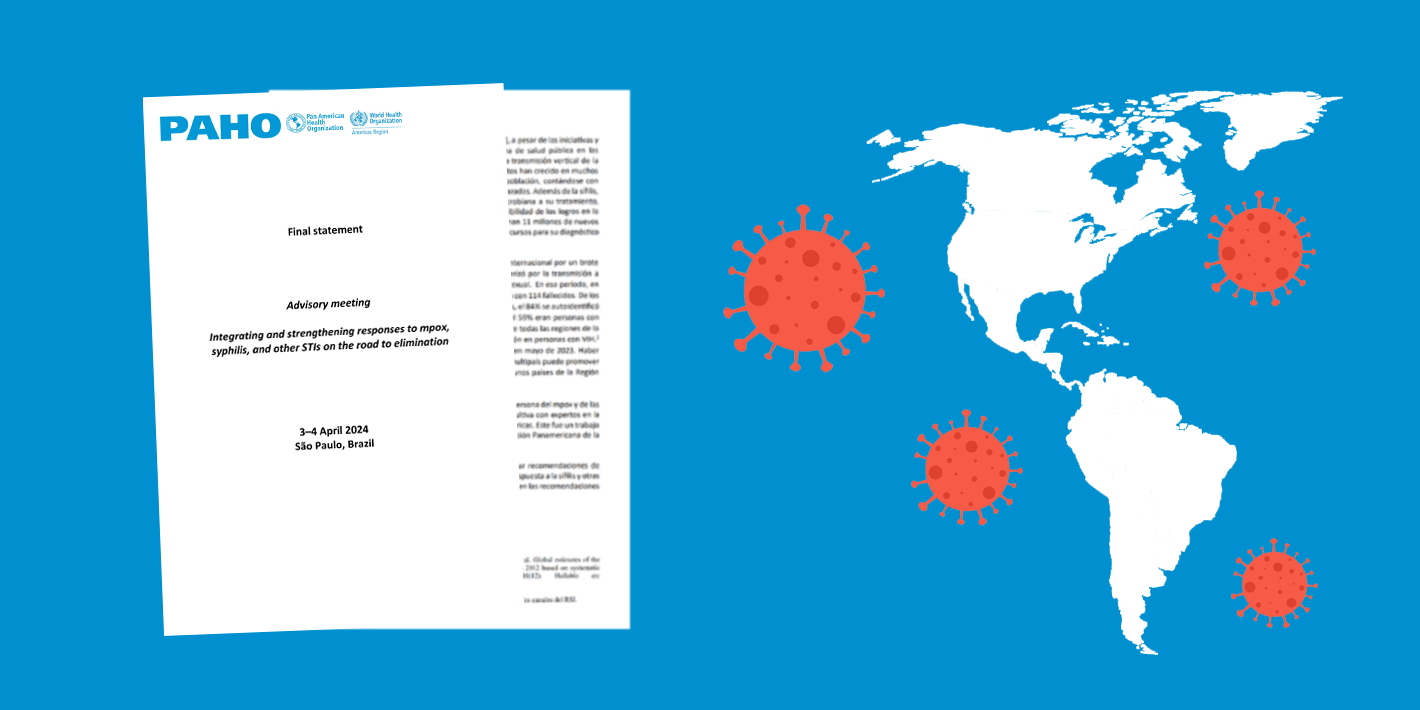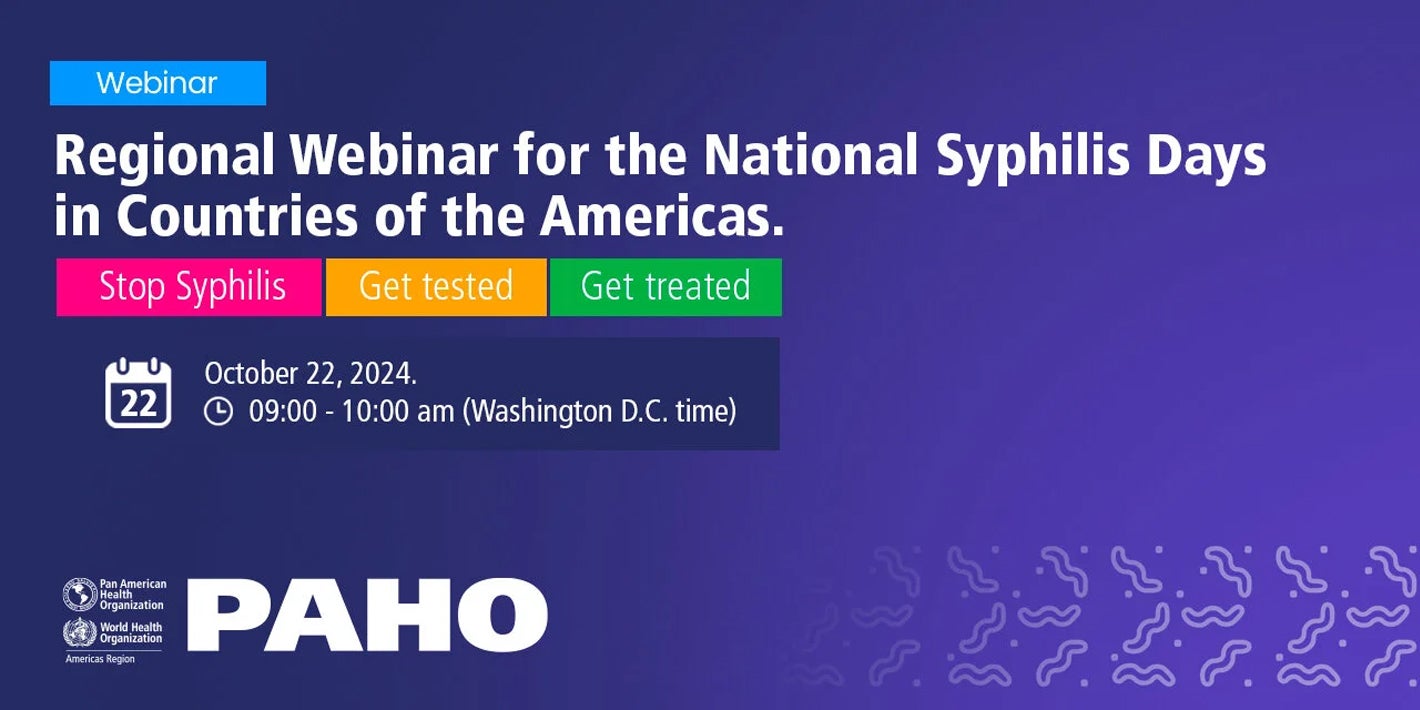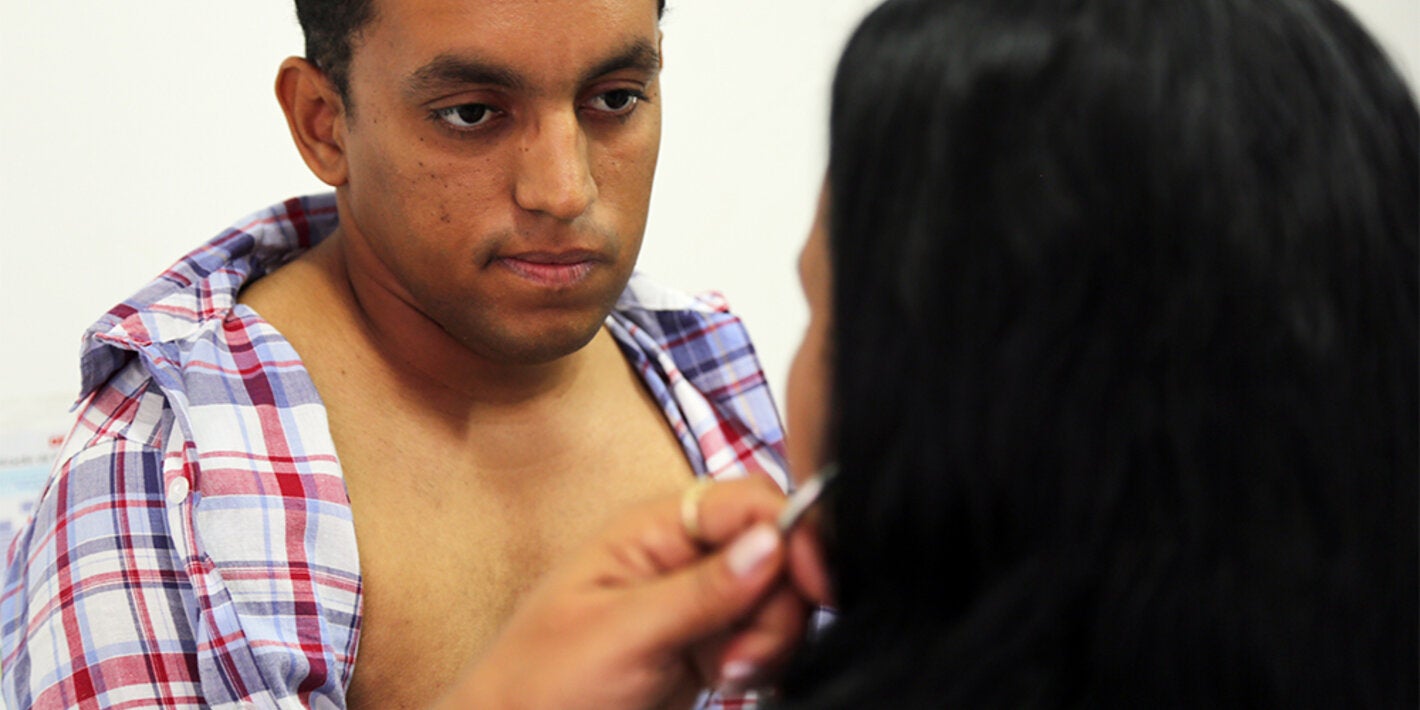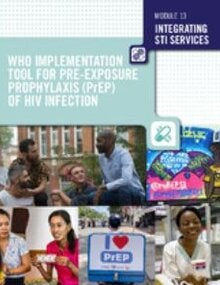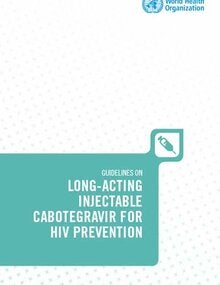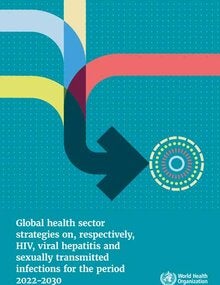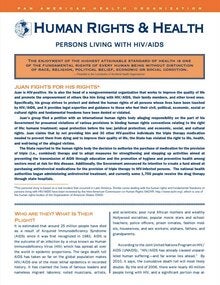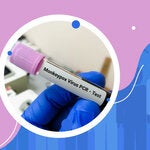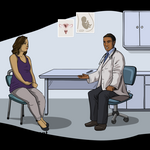SUBMENU
There are more than 30 different bacteria, viruses and parasites known to be transmitted through sexual contact. Based on WHO latest estimates, approximately 38 million sexually active people aged 15-49 in the Americas have an easily curable STI (Chlamydia, gonorrhea, syphilis and/or trichomoniasis). STIs can have important health consequences, including genital symptoms, pregnancy complications, infertility, enhanced HIV transmission, and psychosocial effects.
Globally, efforts for stemming the STI epidemic are guided by the WHO Global Health Sector Strategy on STIs, 2016–2021 which provides goals, targets, and priority actions. Regionally, the Plan of Action for the Prevention and Control of HIV and Sexually Transmitted Infections 2016-2021 supports an accelerated, focused, more effective, innovative and sustainable response by countries in the Americas, paving the way towards the goal of ending the epidemics of AIDS and STIs as public health problems by 2030.
When used correctly and consistently, condoms offer one of the most effective methods of protection against STIs, including HIV.
More than 30 different bacteria, viruses and parasites are known to be transmitted through sexual contact. Eight of these pathogens are linked to the greatest incidence of sexually transmitted disease. Of these eight infections, four are currently curable: syphilis, gonorrhoea, chlamydia and trichomoniasis. The other four are viral infections and are incurable: hepatitis B, herpes simplex virus (HSV or herpes), HIV, and human papillomavirus (HPV). Symptoms or disease due to the incurable viral infections can be reduced or modified through treatment.
STIs are spread predominantly by sexual contact, including vaginal, anal and oral sex. Some STIs can also be spread through non-sexual means such as via blood or blood products. Many STIs—including chlamydia, gonorrhea, primarily hepatitis B, HIV, and syphilis—can also be transmitted from mother to child during pregnancy and childbirth.
Most people can have an STI without having obvious symptoms of disease. Common symptoms of STIs include vaginal discharge, urethral discharge or burning in men, genital ulcers, and abdominal pain. STIs have a profound impact on sexual and reproductive health worldwide, and more than 1 million STIs are estimated to be acquired every day.
STIs can have serious consequences beyond the immediate impact of the infection itself. Mother-to-child transmission of STIs can result in stillbirth, neonatal death, low-birth-weight and prematurity, sepsis, pneumonia, neonatal conjunctivitis, and congenital deformities. Some STIs such as gonorrhea and chlamydia are major causes of pelvic inflammatory disease (PID) and infertility in women. Others STIs like herpes and syphilis can increase the risk of HIV acquisition three-fold or more.
Accurate diagnostic tests for STIs are widely used in high-income countries. These are especially useful for the diagnosis of asymptomatic infections. However, in low- and middle-income countries, diagnostic tests are largely unavailable. Where testing is available, it is often expensive and geographically inaccessible; and patients often need to wait a long time (or need to return) to receive results. As a result, follow up can be impeded and care or treatment can be incomplete.
Rapid tests are currently available for syphilis, HIV, hepatitis B and C. These tests are accurate, can provide results in 15 to 20 minutes, and are easy to use with minimal training. Several other rapid tests for other STIs are under development and have the potential to improve STI diagnosis and treatment, especially in resource-limited settings.
People seeking screening for STIs face numerous problems. These include limited resources, stigmatization, poor quality of services, and little or no follow-up of sexual partners.
In many countries, STI services are provided separately and not available in primary health care, family planning and other routine health services.
In many settings, services are often unable to provide screening for asymptomatic infections, lacking trained personnel, laboratory capacity and adequate supplies of appropriate medicines.
Marginalized populations with the highest rates of STIs—such as sex workers, men who have sex with men, people who inject drugs, prison inmates, mobile populations and adolescents—often do not have access to adequate health services.
Barrier methods
When used correctly and consistently, condoms offer one of the most effective methods of protection against STIs, including HIV. Female condoms are effective and safe but are not used as widely by national programs as male condoms.
Counselling and behavioral approaches
Counselling and behavioral interventions offer primary prevention against STIs (including HIV), as well as against unintended pregnancies. These include:
- comprehensive sexuality education, STI and HIV pre-test information and post-test counselling;
- safer sex/risk-reduction counselling, condom promotion;
- evidence-based behavioral interventions with focus on key populations, such as sex workers, gay men and other men who have sex with men (MSM), transgender women, persons in prisons and people who inject drugs;
- and education and counselling tailored to the needs of adolescents.
In addition, counselling can improve people’s ability to recognize the symptoms of STIs and increase the likelihood they will seek care or encourage a sexual partner to do so. Unfortunately, lack of public awareness, lack of training of health workers, and long-standing, widespread stigma around STIs remain barriers to greater and more effective use of these interventions. Despite considerable efforts to identify simple interventions that can reduce risky sexual behavior, behavior change remains a complex challenge. Research has demonstrated the need to focus on carefully defined populations, consult extensively with the identified target populations, and involve them in design, implementation and evaluation.
Vaccines and other biomedical interventions
Safe and highly effective vaccines are available for 2 STIs: hepatitis B and HPV. These vaccines have represented major advances in STI prevention.
Research to develop vaccines against herpes and HIV is advanced, with several vaccine candidates in early clinical development. Research into vaccines for chlamydia, gonorrhoea, syphilis and trichomoniasis is in earlier stages of development.
Other biomedical interventions to prevent some STIs include adult male circumcision and microbicides.
- Male circumcision reduces the risk of heterosexually acquired HIV infection in men by approximately 60% and provides some protection against other STIs, such as herpes and HPV.
- Tenofovir gel, when used as a vaginal microbicide, has had mixed results in terms of the ability to prevent HIV acquisition, but has shown some effectiveness against HSV-2.
Effective treatment is available for several STIs
- Three bacterial STIs (chlamydia, gonorrhea and syphilis) and one parasitic STI (trichomoniasis) are generally curable with existing, effective single-dose regimens of antibiotics.
- For herpes and HIV, the most effective medications available are antivirals/antiretrovirals that can modulate the course of the disease, though they cannot cure the disease.
- For hepatitis B, immune system modulators (interferon) and antiviral medications can help to fight the virus and slow damage to the liver.
Resistance of STIs—in particular gonorrhea—to antibiotics has increased rapidly in recent years and has reduced treatment options. The emergence of decreased susceptibility of gonorrhea to the “last line” treatment option (oral and injectable cephalosporins) together with antimicrobial resistance already shown to penicillins, sulphonamides, tetracyclines, quinolones and macrolides make gonorrhea a multidrug-resistant organism. Antimicrobial resistance for other STIs, though less common, also exists, making prevention and prompt treatment critical.
Syndromic management
Many countries rely on identifying consistent, easily recognizable signs and symptoms to guide treatment, without the use of laboratory tests. This is called syndromic management. This approach, which often relies on clinical algorithms, allows health workers to diagnose a specific infection on the basis of observed syndromes (e.g. vaginal discharge, urethral discharge, genital ulcers, abdominal pain).
Syndromic management is simple, assures rapid, same-day treatment, and avoids expensive or unavailable diagnostic tests. However, this approach misses infections that do not demonstrate any syndromes - the majority of STIs globally.
WHO develops global norms and standards for STI treatment and prevention, strengthens systems for surveillance and monitoring, including those for drug-resistant gonorrhoea, and leads the setting of the global research agenda on STIs.
Our work is currently guided by the Global health sector strategy on sexually transmitted infections, 2016 -2021, adopted by the World Health Assembly in 2016 and the 2015 United Nations Global Strategy for Women's, Children's and Adolescents’ Health, which highlight the need for a comprehensive, integrated package of essential interventions, including information and services for the prevention of HIV and other sexually transmitted infections.
Regionally, the Plan of Action for the Prevention and Control of HIV and Sexually Transmitted Infections 2016-2021 supports an accelerated, focused, more effective, innovative and sustainable response by countries in the Americas, paving the way towards the goal of ending the epidemics of AIDS and STIs as public health problems by 2030.
Areas of work
- Chlamydia Infection
- Genital Herpes
- Gonorrhea
- HIV/AIDS
- Cervical Cancer (Human Papilloma Virus - HPV)
- Syndromic Management of Sexually Transmitted Infections
- Syphilis
- Trichomoniasis





